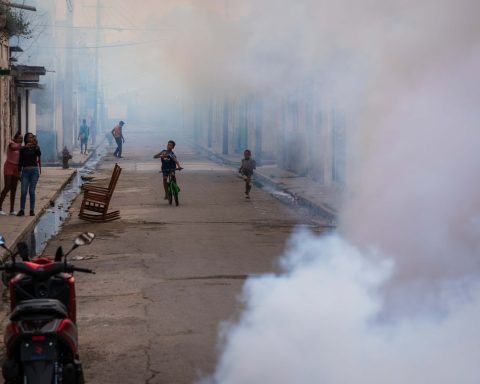SLP, Mexico.- Reports from press agencies suggest that a increase of respiratory diseases, fundamentally, cases of human metapneumovirus (HMPV)which causes flu-like symptoms and can cause serious respiratory problems, especially among children and vulnerable groups.
“The latest cases detected include pathogens such as rhinovirus and human metapneumovirus, and cases of human metapneumovirus among children under 14 years of age show an increasing trend, especially in the northern provinces,” according to the report published in Reuters.
Although the media press and posts on social media suggest that another health crisis could break out, Chinese authorities and the World Health Organization (WHO) have not yet declared a state of emergency.
At the end of December, Chinese authorities announced that they were testing a surveillance system for pneumonia of unknown origin, amid an increase in cases of some respiratory diseases.
The National Administration for Disease Control and Prevention also announced that it would establish a procedure for laboratories to report and for disease control and prevention agencies to verify and treat cases, according to details provided by the state network. CCTVquoting a Chinese regime official at a press conference.
Acute respiratory diseases showed an upward trend in the last weeks of December, said official Kan Biao.
The latest viral cases confirmed They include pathogens such as rhinovirus and human metapneumovirus, the latter detected among children under 14 years of age, especially in the northern provinces.
The Reuters note specifies that an expert in respiratory diseases from a hospital in Shanghai warned that it is necessary to prevent the spread of the metapneumovirus, as cases have increased, although the values are “normal” and would be occurring due to the winter season.
What is HMPV?
Human metapneumovirus (HMPV), belonging to the genus Pneumoviridae, Metapneumovirus, is an enveloped virus of single-stranded negative-sense RNA, Chinese health authorities reported.
In 2001, it was detected for the first time by Dutch researchers in nasopharyngeal aspirate samples from children with respiratory infections caused by unknown pathogens. Serological studies have shown that it has existed for at least 60 years, being distributed throughout the world as a common respiratory pathogen.
HMPV is primarily transmitted through droplets or aerosols produced by coughing and sneezing. Close contact with infected people and exposure to environments contaminated by the virus can also cause transmission.
In general, the incubation period after infection is about three to five days, and the immune protection induced by HMPV is too weak to stop repeated infection. HMPV can be detected year-round, but the detection rate is highest in winter and spring. Additionally, HMPV infection can also cause sprouts.
What are the symptoms and risks?
Children, immunocompromised populations, and the elderly are susceptible and more likely to be co-infected with other respiratory viruses.
HMPV usually causes common cold symptoms, which manifest as cough, fever, nasal congestion, and wheezing, but can sometimes cause bronchitis and pneumonia in severe cases.
In susceptible individuals with underlying medical conditions, HMPV infection can lead to death.
The World Health Organization has reiterated its call for China to share more data on these disease outbreaks to help manage global health.


















